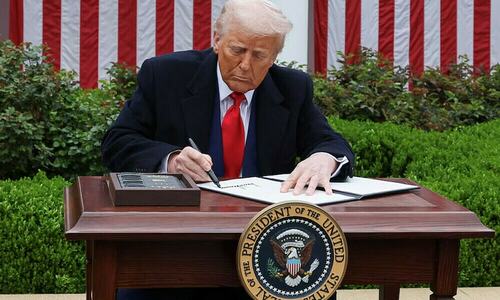Global Markets React to US Tariff Measures
Global markets experienced turbulence on Friday following President Trump’s imposition of tariffs impacting numerous US trading partners. Governments worldwide are now facing a crucial seven-day period before these increased duties become effective.
Late Thursday, Trump declared that many economies, notably including the European Union, will be subjected to fresh tariff rates ranging from 10 to 41 percent.
The White House clarified that the implementation date is set for August 7, providing a window for countries to potentially negotiate bilateral agreements with Washington to secure more favorable terms.
Canada, a significant trade ally of the United States, encountered levies of 35 percent, an increase from the previous 25 percent, taking effect Friday, while maintaining existing exemptions.
These tariffs underscore Trump’s strategy to bolster US exporters and incentivize domestic manufacturing by limiting foreign imports. However, this approach has sparked concerns about potential inflationary pressures and broader economic repercussions within the world’s leading economy.
Financial markets in major hubs like Hong Kong, London, and New York saw declines as investors assessed the implications of these developments.
Trump’s actions coincide with ongoing discussions regarding optimal strategies for managing the US economy. The Federal Reserve recently opted to maintain current interest rates, resisting pressure from the White House for reductions.
Recent data revealed that US job growth in July fell short of anticipated levels, with unemployment rising to 4.2 percent from 4.1 percent.
On Wall Street, the S&P 500 saw a decrease of 1.7 percent, while the Nasdaq fell by 2.3 percent.
Duties were raised on approximately 70 economies, building upon an initial 10 percent level introduced in April, citing unfair trade practices. The specific tariff rates outlined in an executive order differ based on the trading partner. The order specified an additional 40 percent tariff on any goods routed through other countries to circumvent US duties.
The tariffs also carry political undertones, as Trump has used them to influence Brazil regarding the trial of Jair Bolsonaro. He also signaled potential trade repercussions for Canada following Prime Minister Mark Carney’s plans to recognize a Palestinian state at the UN General Assembly in September.
Trump’s order cited Canada’s perceived lack of cooperation in addressing the flow of illicit drugs, despite Canada not being a primary source of such substances.
Conversely, Mexico was granted a 90-day extension to a previously issued threat to escalate tariffs from 25 percent to 30 percent.
Existing exemptions remain applicable to numerous Canadian and Mexican goods entering the United States under the current North American trade agreement.
Carney stated his government’s disappointment with the rate increase but noted that, with the exemptions, the US average tariff on Canadian goods remains among the lowest.
With questions surrounding the effectiveness of existing bilateral trade agreements, including those with the European Union and Japan, the ultimate outcome of Trump’s plan remains uncertain.
Wendy Cutler, senior vice president at the Asia Society Policy Institute, commented that the executive order and related agreements effectively dismantle the international trade framework established since World War II. She questioned whether partners could maintain this framework without US participation.
Notably, China was excluded from Friday’s developments, as it is actively engaged in negotiations with the United States.
Vietnam, Japan, Indonesia, the Philippines, South Korea, and the European Union are among those who have managed to secure deals with Washington to avoid steeper tariffs.
Switzerland is now subject to a higher duty of 39 percent, among other tariff adjustments in Trump’s recent order.



Comments (0)
No comments yet. Be the first to comment!
Leave a Comment